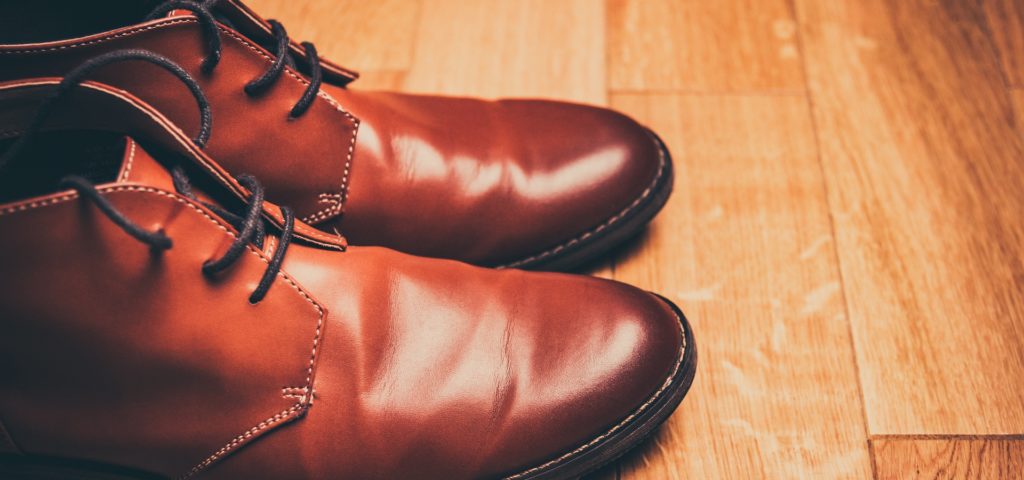Bone & Joint Health, General Health
What You Should Know About Plantar Fasciitis
If you sit down and place your feet together then flex your toes upwards, the slight pull that you feel at the soles of your feet is a band of tissue called the plantar fascia. It connects your heel bone to your toes.
When the plantar fascia is strained, it becomes weak, swollen, and irritated. This is plantar fasciitis, and it is the most common cause of heel pain1.
Who does plantar fasciitis effect?
Plantar fasciitis can affect anyone but it is most common in middle-aged adults2. It also occurs in younger people who are on their feet a lot, like athletes or soldiers.
Plantar fasciitis is much more likely to happen if any of the following apply1:
- Your feet roll inward too much when you walk (excessive pronation)
- You have high arches or flat feet
- You walk, stand, or run for long periods of time, especially on hard surfaces
- You are overweight
- You wear shoes that don’t fit well or are worn out
What are the symptoms of plantar fasciitis?
- You might have plantar fasciitis if you notice one or more of the following symptoms:
- Pain at the bottom of your foot when you stand or walk
- Pain and swelling of the feet
- A stabbing pain in the bottom of your foot that felt immediately after getting out of bed in the morning or sitting for long periods of time
- Foot pain when climbing the stairs or after you stand for a long time

How to treat plantar fasciitis
When it comes to plantar fasciitis no single treatment works best for everyone. It’s usually a matter of seeing what works in your own specific case. A few of the measures below can be helpful1:
Rest. Give your feet a rest and cut back on activities that make your foot hurt. For athletes, this means cutting back on some of your day-to-day training. For everyday gym-goers, runners, and those engaged in other types of daily physical activity try limiting your activities for at least a week.
Ice. To reduce pain and swelling, place ice or cold-packs on your heel for periods of 10-20 minutes at a time.
Over-the-counter (OTC) pain relievers. Try taking an OTC pain reliever like ibuprofen (Advil or Motrin) or naproxen (Aleve). However, keep in mind that these medications are not a long-term fix. If you’re still taking OTC medications on a regular basis for 2 weeks or more then make an appointment to see your doctor.
Stretching. Do toe stretches or calf stretches several times a day, especially when you first get up in the morning.
Diet. Like all bone, joint and muscle problems, your diet will play a big role in helping to speed up the healing process. Vitamin C, glutamine, and calcium are just some of the essential minerals, vitamins, and amino acids that you’ll need to promote a fast and efficient tissue recovery. Consider looking into joint support supplements to help with healing.
Get a new pair of shoes. Pick shoes with good arch support and a cushioned sole or alternatively, try heel cups or orthotics. If you use orthotics, make sure they are used in both shoes, even if only one foot hurts.
Prognosis
Repetitive stretching and tearing can cause plantar fasciitis, although the exact cause may not be clear. However, with treatment and rest, you should have less pain within a few weeks. Any pain that lasts longer than 3 weeks should always be checked by your doctor to rule out anything more serious.
1- WebMD. Plantar fasciitis. https://www.webmd.com/a-to-z-guides/tc/plantar-fasciitis-topic-overview#1
2- HealthlinkBC. Plantar Fasciitis. Healthwise. Updated March 2017. https://www.healthlinkbc.ca/health-topics/hw114458


